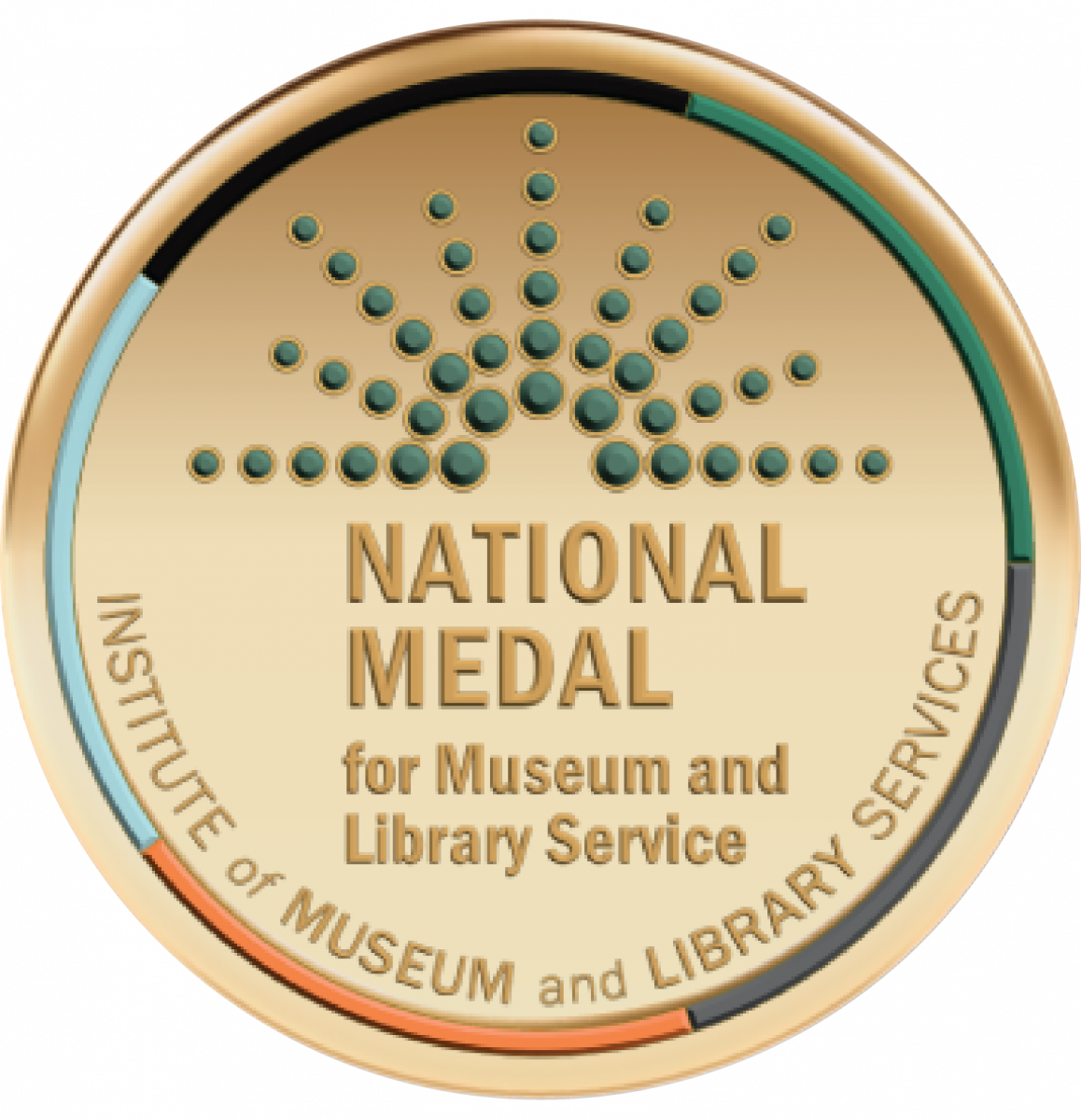Astronony Club with Lecture (Zoom)
EB Astronomy Club presents, "Stellar Image Stretching: Details from Darkness" with Paul Framhein
If you attended Paul's last presentation on "Intro to Astrophotography", you saw a number of images. You may have wondered how we can pull so much detail out of seemingly nothing? A key part of that magic is image stretching.
In 15 minutes, Paul will demonstrate this crucial processing step using PixInsight, showing you how to go from a dim, flat image to a vibrant, detail-rich photo. We will cover the basics, explore the technique he's most used, and you will leave with the knowledge to start enhancing your own astro-images.
# #
The East Brunswick Astronomy Club (EBAC) was founded with the mission of encouraging and promoting an interest in astronomy and space science throughout East Brunswick and beyond. EBAC meets once a month at the East Brunswick Public Library and meetings typically include a short lecture, open discussion, and telescope observing.
This group is open to adults, teens, and families with children ages 12 and younger.


